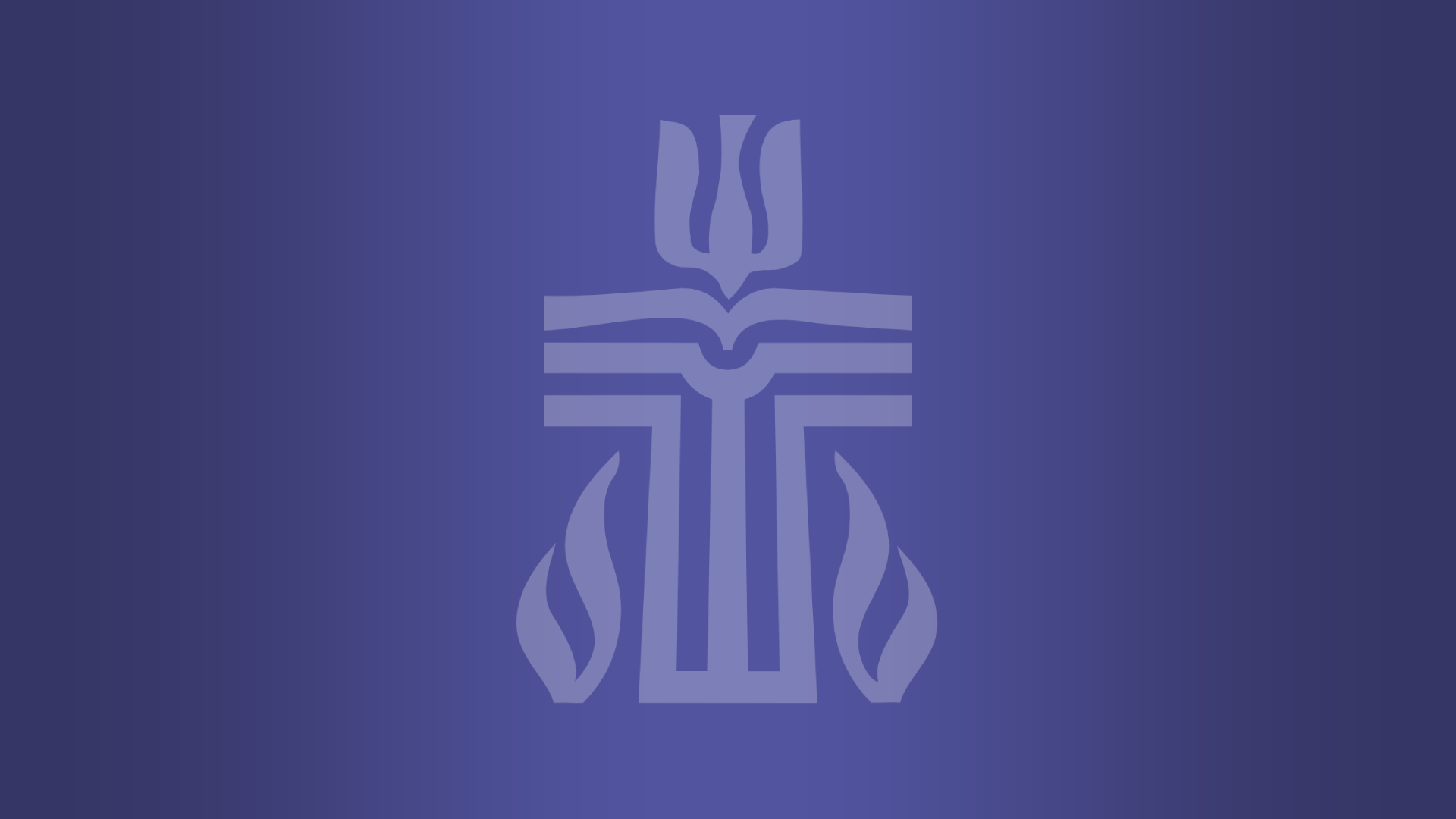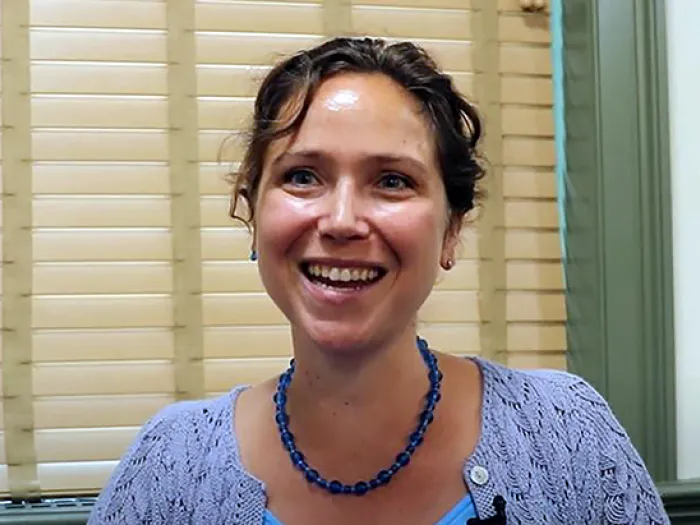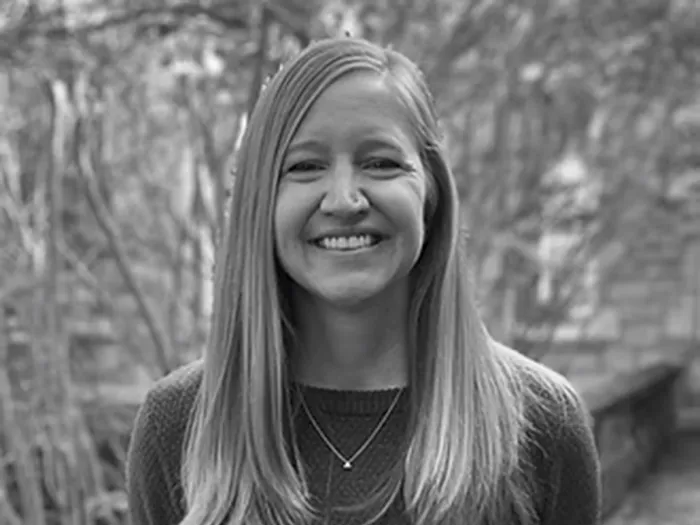PC(USA) joins in friend of the court brief in support of religious liberty
The Rev. Jihyun Oh signs a brief supporting Apache Stronghold, which is fighting to preserve land sacred to Indigenous people in Arizona


LOUISVILLE — Together with leaders of the Mennonite Church USA and the Lipan Native American Church, the Rev. Jihyun Oh has signed a friend of the court brief in the U.S. Supreme Court case of Apache Stronghold v. United States et al. Read the brief here by scrolling down to the Oct. 15 filings.
Oh is the Executive Director and Stated Clerk of the General Assembly leading the unified interim agency. The case is brought by Apache Stronghold, a Native American-led community organization based in San Carlos, Arizona, working to preserve from corporate destruction by mining Oak Flat, a site about an hour east of Phoenix in the Tonto National Forest known to the Apache as Chi’Chil Bildagoteel.
A friend of the court brief, also known as an amicus curiae brief, is a written submission to a court from a person, group or organization that is not a party to the case but has an interest in it.
The Presiding Bishop of the Episcopal Church, General Synod of the United Church of Christ, Evangelical Lutheran Church in America and the United Methodist Church signed a similar but separate friend of the court brief in the same case.
In the amicus curiae brief filed by the PC(USA) and its two partners and submitted to the Supreme Court by Steven T. Collis and John Greil of the University of Texas addresses what the petition calls “the complete physical destruction of an indigenous sacred site, ending forever the ability to engage in religious rituals.” Such action will constitute “substantial burden on religious exercise,” the petition states. “This brief addresses whether the government would be able to show that its actions are the least restrictive means of achieving its claimed interest when it neglects to investigate and use less restrictive alternatives.”
Summing up its argument, the brief states that the petitioners “ably explain why permanently destroying a sacred site substantially burdens their religious exercise. This brief addresses the strict scrutiny once that burden is recognized.”
Over the last 30 years, the Religious Freedom Restoration Act, a 1993 law that protects the right of people to practice their religion without government interference, “and many other laws have demanded strict scrutiny of government actions that burden religious exercise,” according to the friend of the court brief. “Yet many lower courts still misapply the test, particularly the least restrictive means prong,” a legal standard used by courts to determine if legislation violates constitutional rights, including those protected by the First Amendment.
The brief states that the U.S. Forest Service’s 2021 Environmental Impact Statement “identified multiple means of extracting copper in a less religiously destructive way. But the EIS “then rejected those alternatives because they involved ‘higher operational costs.’ In short, the government failed to investigate less restrictive means with the goal of accommodating religion; it was looking to maximize profit.”
The brief argues that “today, in most instances where government burdens the exercise of religion, it must survive [a strict scrutiny test]. As the Petition notes, the Ninth Circuit avoided strict scrutiny by determining the destruction of a religious site would not burden religious exercise.”
“Assuming this Court reverses,” the petition states, “it should also give guidance to lower courts about what strict scrutiny requires. … They need clear direction, as do government actors.”
Click ">here to watch a brief video of Apache Stronghold leaders and supporters of Oak Flat gathering in front of the U.S. Supreme Court Building last month to fight for the protection of land sacred to Apache Stronghold. The decision of the U.S. Supreme Court is expected in December.
You may freely reuse and distribute this article in its entirety for non-commercial purposes in any medium. Please include author attribution, photography credits, and a link to the original article. This work is licensed under a Creative Commons Attribution-NonCommercial-NoDeratives 4.0 International License.




